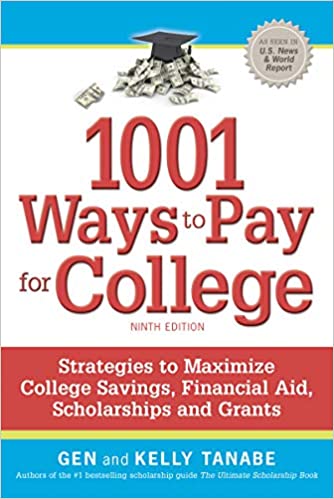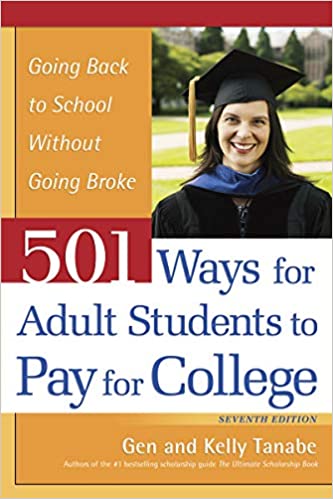It is said that nothing is certain in life except death and taxes. If you are going to college or are the parent of a college-bound student, then you can add one more certainty to life and that is this: tuition bills. Fortunately, Uncle Sam acknowledges this reality and offers several valuable tax credits and deductions. These tax breaks literally put money back in your pocket to help you pay those inevitable tuition bills.
The challenge with tax breaks is two-fold. First, you need to decipher the tax codes to determine if you actually qualify for a tax break. Most have income limits and other requirements that restrict their use. Second, if you qualify to take advantage of multiple tax breaks, you need to figure out which combination will give you the most benefit. To complicate matters (and you shouldn't expect anything less from the IRS), some of these tax breaks are mutually exclusive, which means you'll have to choose one over the other.
Remember too that tax laws as well as their interpretations change each year. Please check the requirements of these tax benefits with your accountant or by downloading the latest version of IRS publication 970 at http://www.irs.gov.
1
Give yourself up to $1,650 with the Hope tax credit.
The Hope tax credit reduces your taxes dollar for dollar and is like putting money directly into your pocket. You can receive up to $1,650 in Hope credits per student. However, the Hope credit can only be claimed for students who are college freshman or sophomores. Once a student is past his or her sophomore year, you cannot claim this credit. Also, repeating a year doesn't count.
To figure out how much of the Hope tax credit you can claim per student in your family, look at the total amount of money that you paid out of your own pocket for tuition. The Hope credit can only be used for tuition, not room and board and other expenses. So if you are using 529 or Coverdell money, you'll want to tap it for room and board and use some of your own funds to pay for tuition. Once you know how much you've paid out of pocket for tuition, you can claim 100 percent of the first $1,100 and 50 percent of the next $1,100 that you paid. In other words, to claim the full $1,650 per student, you must have paid at least $2,200 in qualified education expenses for that student.
To claim the Hope tax credit, you must also meet the income requirements. For a single taxpayer, you can get the full credit if your modified gross adjusted income does not exceed $45,000. If it does but is below $55,000, you can claim a partial credit. For married couples filing jointly, you can get the full credit if your income does not exceed $90,000. If you earn more but are still below $110,000, you can claim a partial credit.
2
Get up to $2,000 with the Lifetime Learning credit.
The Lifetime Learning credit is similar to the Hope credit and reduces the tax you owe dollar for dollar. But unlike the Hope credit, the Lifetime Learning credit can be used for any student for any year of college, graduate school or even continuing education. However, you cannot claim both a Hope and a Lifetime Learning credit on the same student in the same year. It is usually to your advantage to claim the Hope for the first two years and then the Lifetime Learning credit for the next two years. The income limits to qualify for the Lifetime Learning credit are the same as those for the Hope credit.
If you are an adult student who has already completed your first two years of undergraduate work or are taking continuing education courses or if you are a graduate school student, then you have no choice but to take the Lifetime Learning credit.
The maximum amount of the Lifetime Learning credit is $2,000 per tax return, which is calculated by taking 20 percent of what you pay for tuition (not room and board or other expenses) up to $10,000. This means that to claim the full $2,000 credit, you must spend $10,000 or more out of your own pocket on tuition. Money that you are already receiving a tax benefit on (like the tax-free earnings portions of Coverdell and 529 Plans or scholarships) don't count in determining how much you spent. The IRS doesn't allow double-dipping—getting more than one tax benefit on the same source of money.
3
Choose your tax credit wisely.
You can claim only one tax credit per student per year, which means you need to decide whether to claim the Hope or Lifetime Learning credit if you qualify for both. If you have two students in college at the same time, you can claim a Hope credit on one and a Lifetime credit on the other.
Since you can claim only one of the credits for each student per year, make sure that you take advantage of them in the right order. If you qualify for both, you probably want to use the Hope credit in the first two years and then the Lifetime Learning credit in the years thereafter. The Hope credit also lets you qualify for the full amount while using less of your own money.



